Europe & US After World War 1
- The twenty years between the First and Second World Wars were a period of tremendous changes all over the world.
- A major economic crisis took place during this period which affected almost every part of the world and, more particularly, the most advanced capitalist countries of the West.
- In Asia & Africa, the period saw an unprecedented awakening of the people which found its fulfilment after the 2nd World War.
Europe between the Wars
- Misery caused by the First World War influenced the political developments in many countries.
- Inspired by the Russian Revolution, there were revolutions in many other countries of Europe.
- There were movements in other parts of Europe for improvement in living conditions.
- Revolution in Germany towards the end of the war forced the German emperor to flee the country & Germany became a republic.
- The period saw the growth of socialist and communist par ties in almost every country of Europe.
- However, within a few years in many countries of Europe, the socialist movements were defeated, and dictatorial governments came to power.
- These governments not only suppressed socialist movements but also destroyed democracy.
- The emergence of dictatorial governments in Europe in this period had dangerous consequences not only for the peoples of Europe but for the whole world.
- The most dangerous development was the triumph of fascism in Italy & Germany which paved the way for Second World War.
Developments in Britain and France
The two major countries of Europe which did not succumb to fascist movements were Britain and France. However, both these countries were faced with serious economic difficulties.
Britain
- The workers’ movement made great advances.
- 1929, Britain was badly affected by the worldwide economic crisis.
- In 1931, National government comprising the Conservative, the Labour and the Liberal parties was formed.
- This government took some steps to overcome the serious economic difficulties though the unemployment situation remained serious.
- After the victory of fascism in Germany, a fascist movement started in Britain, but it could not make much headway and Britain continued as a democratic country.
France
- The government of France for many years was dominated by big bankers and industrialists.
- It hoped that by making use of the resources of German areas which came under her control after the war, it would be able to make France economically strong.
- However, these hopes were not fulfilled. France could not attain political stability also.
- Many governments came and fell. Political instability was made worse as a result of the economic crisis, and corruption became rampant.
- Fascist movement raised its head and there was violence in the streets.
- Ultimately, to meet the threat posed by fascist and other antidemocratic forces, a government comprising Socialist, Radical Socialist and Communist parties was formed in 1936.
- This is known as the Popular Front government, and it lasted for about two years. During this period many important economic reforms were introduced in France.
Thus, Britain and France succeeded in remaining democratic countries even though they were faced with serious problems. However, the foreign policy of these countries was not conducive to the maintenance of democracy in other parts of Europe and in preventing the outbreak of war.
United States Emerges as the Strongest Power
One of the most important features of the period after the First World War was decline in the supremacy of Europe in the world and the growing importance of the United States of America.
- US emerged as the richest and the most powerful country in the world at the end of the war.
- This was clear from the important role that she played during the framing of the peace treaties.
- While the war had severely damaged the economy of the European countries, the economy of USA during this time had in fact become stronger.
- US made tremendous industrial progress and was beginning to make heavy investments in Europe.
US gave loans to the Allied Powers during the war and to the Germans after the end of the war to meet the reparation costs imposed on them under the Treaty of Versailles.
Thus, US made a lot of money through World War I. Its war machine i.e., the military industries gained the most by selling weapons during and after the war. The decade after the war till 1929 was one of the most prosperous for US.
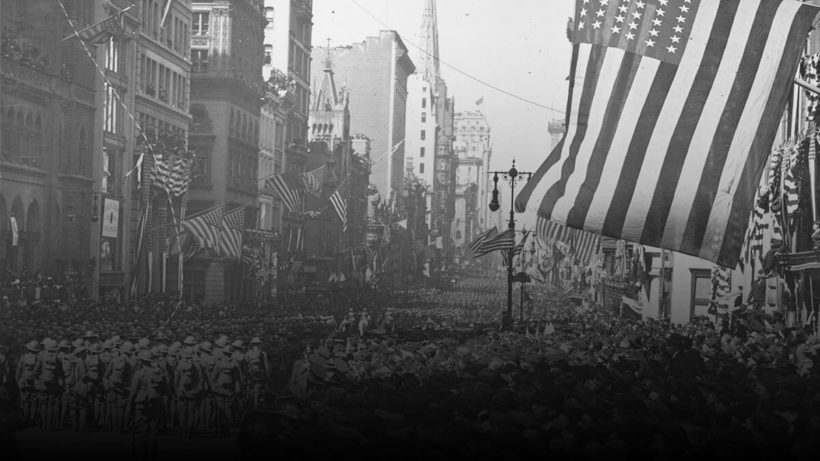
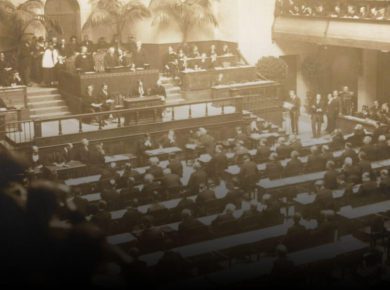
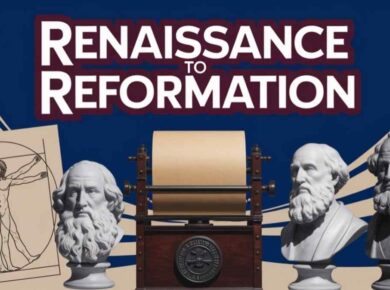
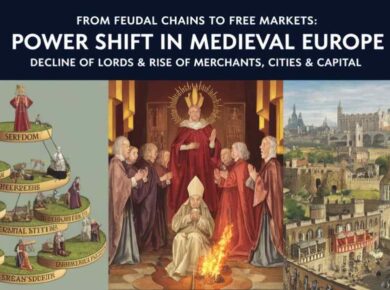
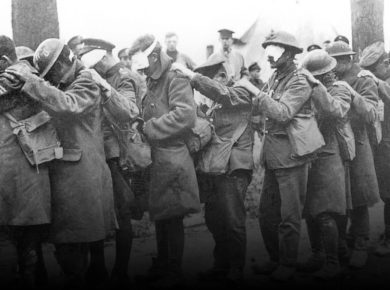
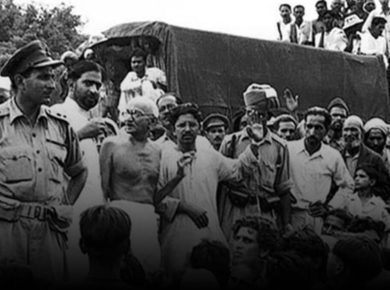
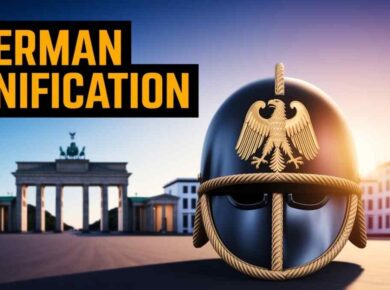




1 comment
thankyou very much to share the knowledge.